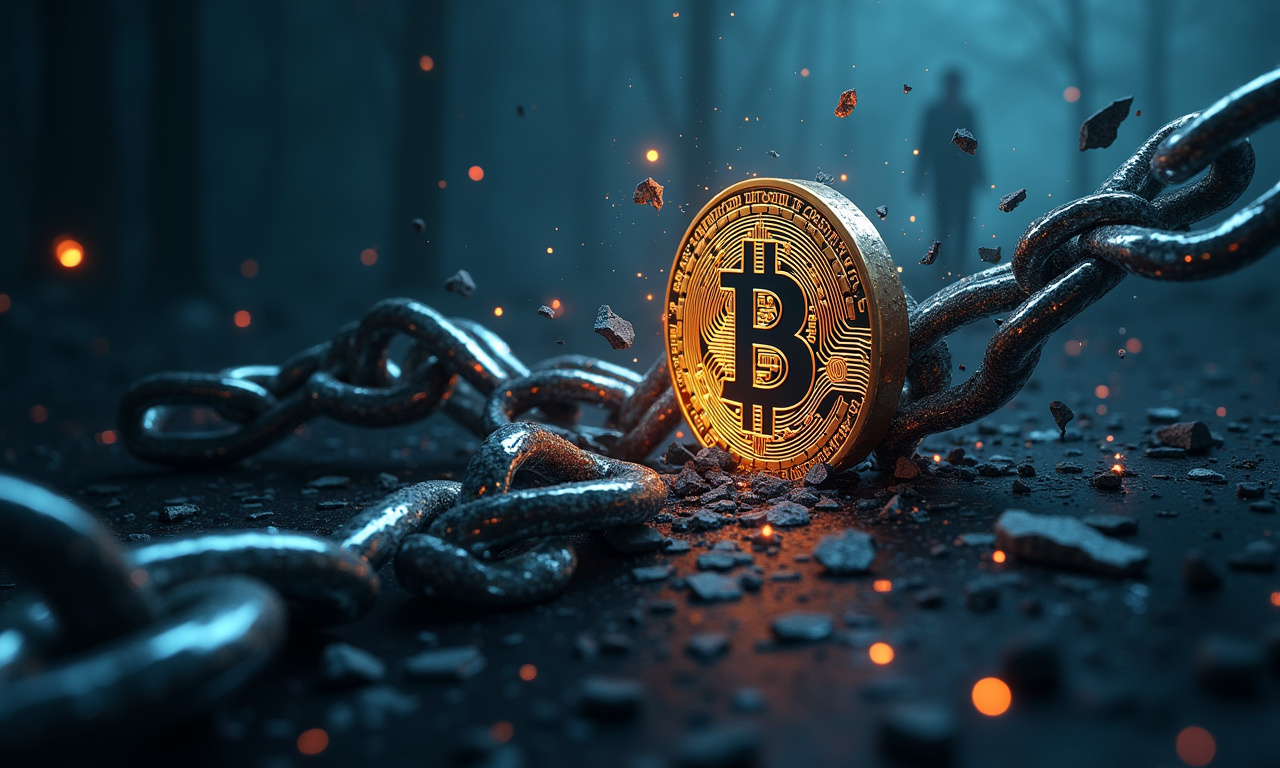Since their advent, the crypto world has been rife with stories of stolen crypto with no hope of recovery. What makes LuBian’s case unique is the nature of the theft. What’s most remarkable are the extreme and unorthodox steps that have been taken to retrieve the pilfered money. This article examines LuBian's attempts to contact a Bitcoin thief, analyzing the strategy, the psychological factors at play, and the ethical implications of such actions.
The Digital SOS: 1500 Messages in the Blockchain
LuBian’s team, in an unfamiliar and certainly panic-inducing predicament, decided to take a different approach to contacting the thief. To do so, they created Bitcoin transactions with OP_RETURN opcodes to embed long-form messages. This newest opcode lets users create provably-unspendable outputs containing arbitrary data without compromising the validity of the entire transaction. Essentially, it’s sort of like composing an ad on an electronic bill.
OP_RETURN Messages
The team noticeably overspent at the high cost of 1.4 BTC to send only 1,516 of these OP_RETURN transactions. Each transaction held a single piece of the message, assembled like a digital jigsaw puzzle. This wasn’t an open-and-shut “just give us back the money” request. This was an intentional and dogged attempt to create a conversation. Such desperation is unprecedented even by crypto’s bad standards. This creative alternative communication channel is a great example of the bold and sometimes reckless tactics people leverage when you can’t trust your usual channels. They paid out a very large portion of their remaining Bitcoin in an attempt to reclaim the stolen funds. This points to the real greatness of what was lost.
Decoding the Desperation: Psychology at Play
The motivation behind LuBian's actions is not explicitly stated, but it's clear they were driven by a strong desire to recover their assets. This crisis provides an opportunity to understand the psychological drivers of action in the highly speculative and possibly more emotion-driven crypto marketplace.
Psychological Factors
Several factors can contribute to the decisions made by both LuBian and the thief:
- Fear of Missing Out (FoMO): While perhaps not directly applicable to LuBian's actions in contacting the thief, FoMO can drive initial investment decisions, potentially leading to the circumstances that resulted in the theft in the first place.
- Risk-taking propensity: The thief undoubtedly exhibits a high risk-taking propensity. LuBian's actions, while seemingly less risky, still involved a gamble that the thief would respond favorably.
- Herding behavior: This is less relevant in this specific scenario.
- Addictive behavior: This is less relevant in this specific scenario.
- Emotional decision-making: LuBian's decision to send 1500 messages was likely driven by emotions such as desperation and hope, rather than purely rational calculation.
The thief's motivations are harder to discern. Were they just motivated by greed, by a pursuit of notoriety, or something else altogether? Recognizing these motivations is critical to understanding the power plays at work behind the scenes. Unfortunately, the public nature of the blockchain makes this personal cry for help into a public spectacle. LuBian’s team released an emotional open appeal to the public. They wanted the thief’s conscience to be moved by compassion for their plight or out of fear of being caught.
Ethical Gray Areas: Negotiating with a Criminal
LuBian’s ethical dilemma in deciding whether to negotiate with an infamous criminal actor involves deeper moral principles. Is it ever acceptable to engage with someone who’s obviously committed a felony? This question comes up, not just in the area of digital assets, but when attempting to recover stolen property.
Ethical Implications
Ultimately, there's no easy answer. Understanding the context, it’s easy to see why LuBian would do this. They expose the ethical tightrope that individuals and organizations walk in the often-wild west world of cryptocurrency. After all, why wouldn’t you want to succeed in recovering stolen funds? We must consider carefully what this looks like to prevent unintended consequences and safeguard the integrity of the cryptocurrency ecosystem.
- Legitimization of illicit activities: By negotiating, LuBian's team might inadvertently legitimize the thief's actions. It could signal that crime, in some circumstances, can be negotiated away.
- Facilitating harm: While LuBian's intentions are pure, engaging with a criminal could open the door to further illicit activities, either by the thief or others who see an opportunity.
- Conflict of interest: This is less relevant in this specific scenario.
- Reputation risk: While LuBian is likely the victim in this scenario, the act of engaging with a criminal could still damage their reputation.
- Compliance with regulations: Depending on the jurisdiction and the nature of the stolen funds, LuBian's actions could raise concerns about compliance with anti-money laundering (AML) and know-your-customer (KYC) regulations.
LuBian’s experience can be a cautionary tale. It illustrates the creative, often frenzied efforts in the Wild West of crypto to avoid or mitigate loss. It opens up an important set of ethical questions about what our response to crime should be in the digital age.
LuBian's story serves as a cautionary tale, highlighting both the risks inherent in the cryptocurrency space and the innovative, sometimes desperate, measures people take when faced with loss. It also raises important ethical questions about how we should respond to crime in the digital age.




